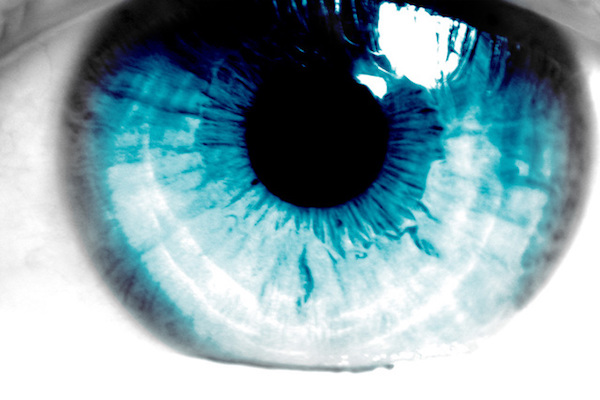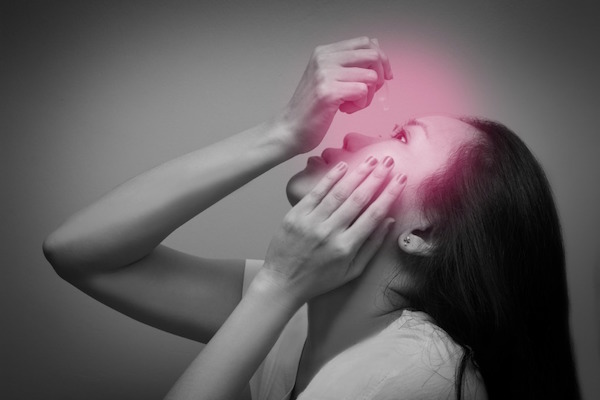
Managing Dry Eye Disease – Treatment Options (Update)
As 2017 nears it's end, I'm confident that help is on the way for the vast majority of dry eye sufferers
The last year has been an exciting one in terms of dry eye disease. The new medication Xiidra made its debut and DEWS2 officially updated the dry eye definition.
If that’s not enough, Shire (the parent company of Xiidra) started a public health campaign called MyEyeLove, which increased the overall awareness of dry eye. This marked the beginning of celebrity endorsements in the eye care industry, which has definitely been a game changer.
I say this because many new (and existing) patients have been asking me: “Do I have what Jennifer Aniston has?” Personally, I didn’t realize the impact would be so great, but am pleasantly surprised to hear dry eye disease addressed with much more passion.
In the meantime, I’m excited to push forward in the quest to help improve the quality of life for as many dry eye patients as possible, and I know my colleagues feel the same way. As of right now, there are several rumors floating around about other dry eye medications coming to market in the next six to twelve months, which will help to shed a new light on this chronic disease.
Treatment Options (Update):
As of right now, some of the more popular dry eye treatments are as follows:
- Artificial tears and gels
- Eyelid hygiene including warm compresses and lid scrubs
- More advanced in-office heat therapy
- Nutritional support such as Omega 3 supplementation
- Prescription therapy including pulsed topical steroids, Restasis and/or Xiidra)
- Punctal occlusion which increases the amount of tears on the eyes
More advanced dry eye treatments include:
- Serum tears – which are made by drawing blood, then spinning it into an artificial tear-like substance
- Amniotic membrane – which is a contact lens-like device that gets placed on the eye in hopes of improving the ocular surface
Live in your OcularPrime:
As 2017 comes to a close, I’d have to say that help is on the way for the vast majority of dry eye sufferers. I believe this to be true because several pharmaceutical companies are realizing the need to combat this disease right away.
I can still say I’m quite pleased with the treatments I can offer to patients as of right now, but I’m always looking forward to new advancements.







